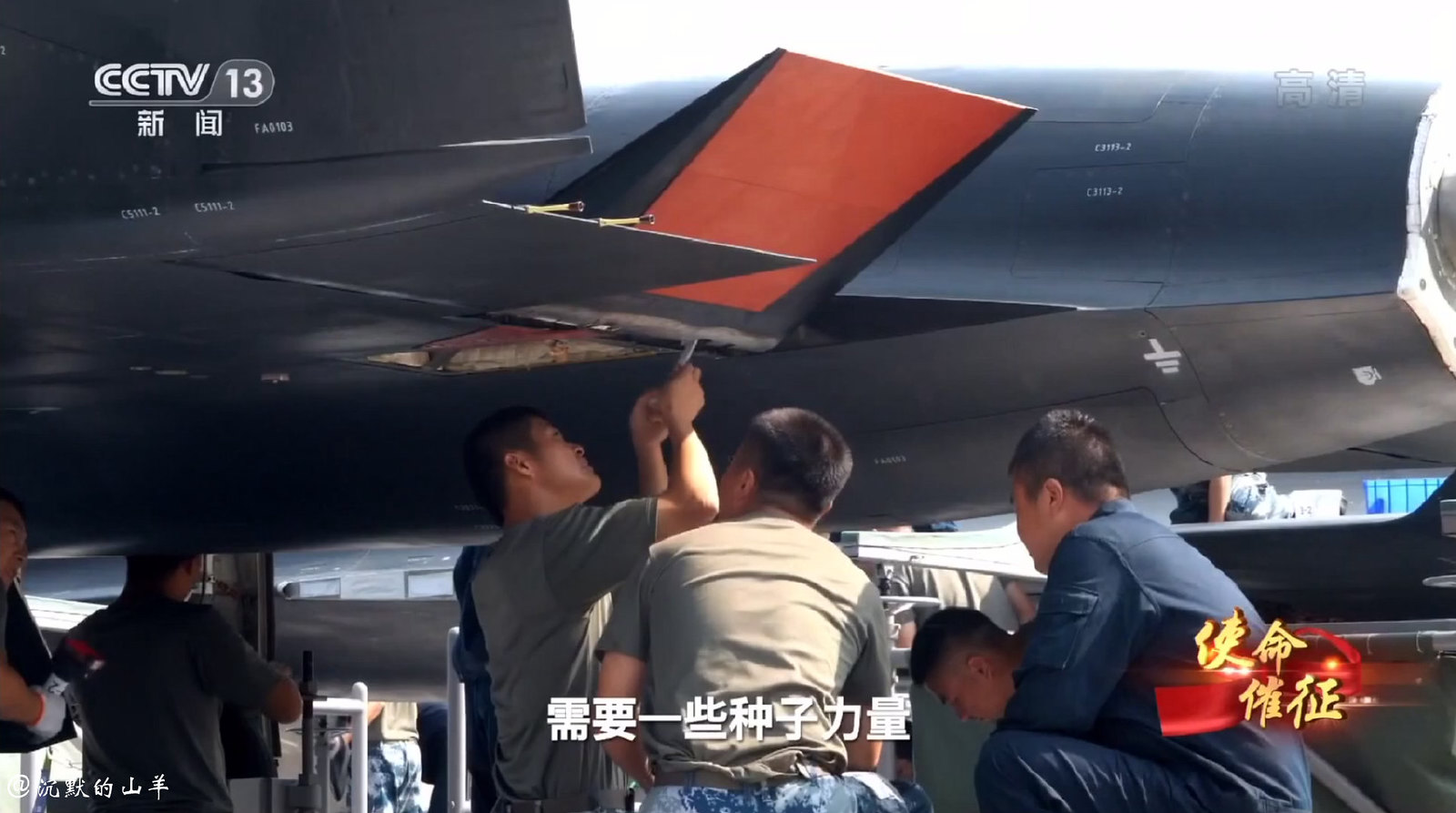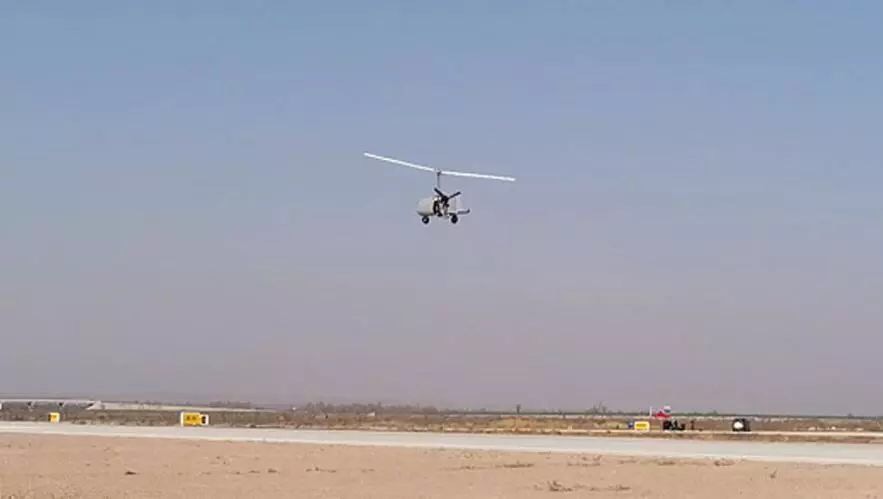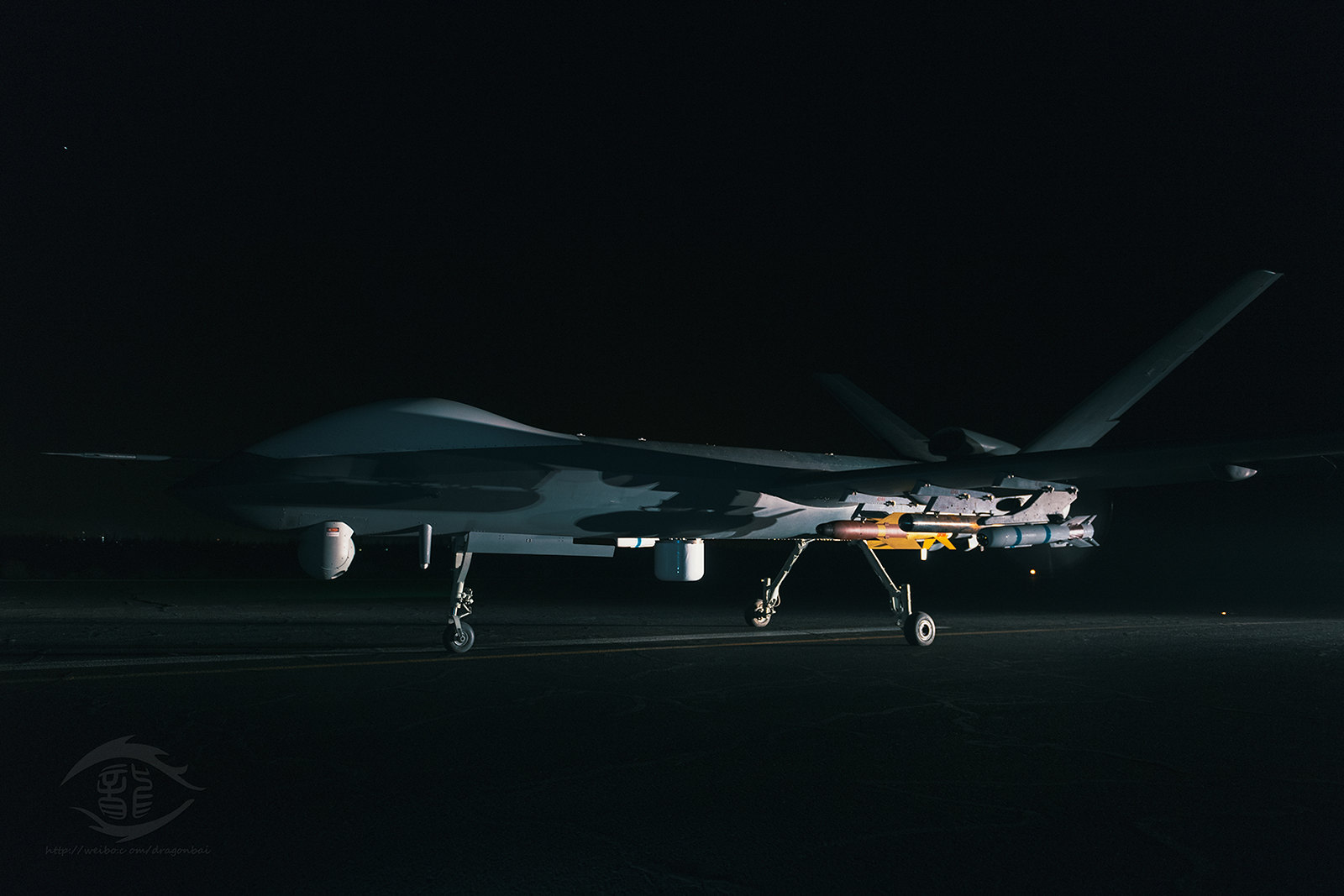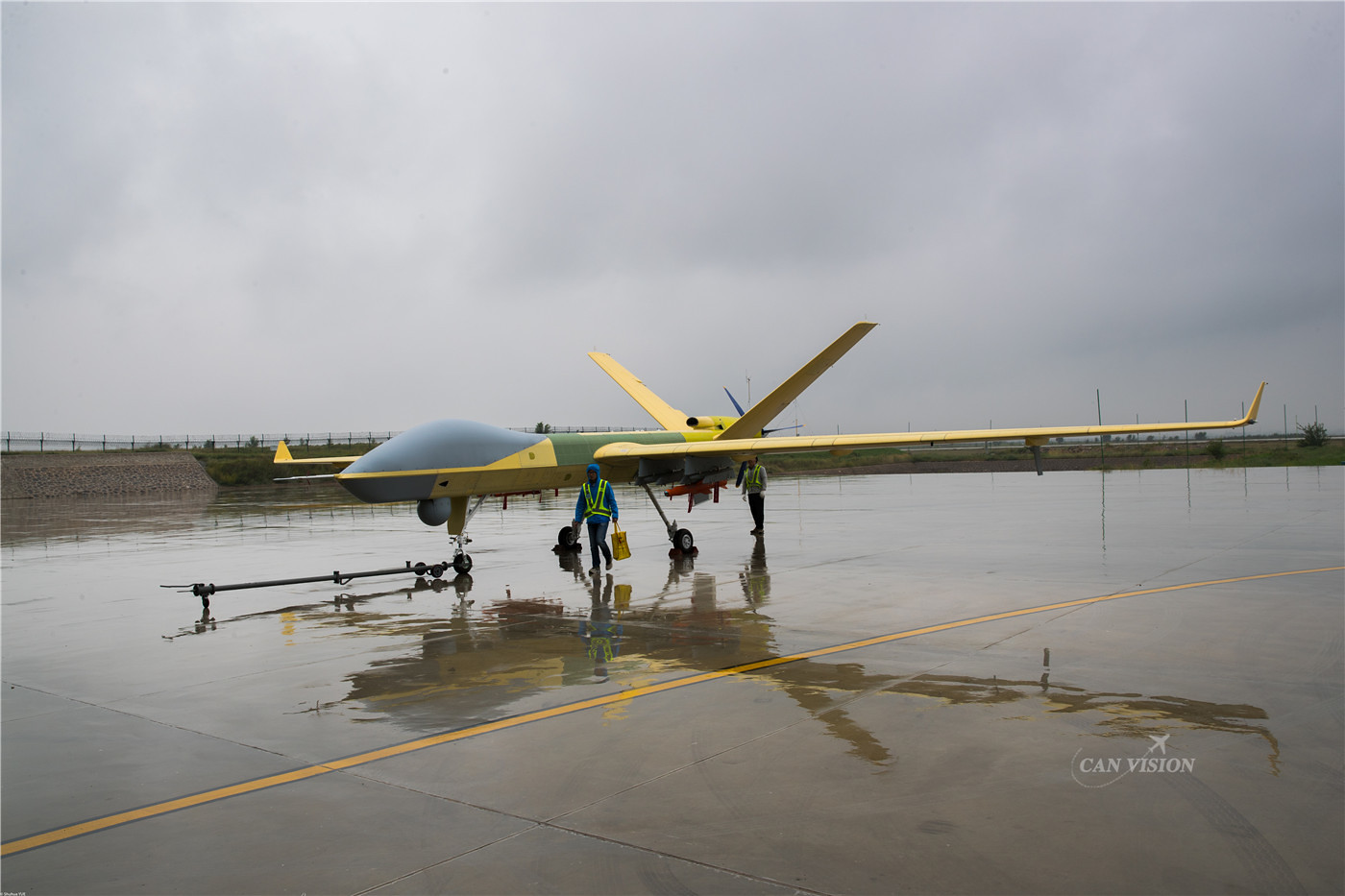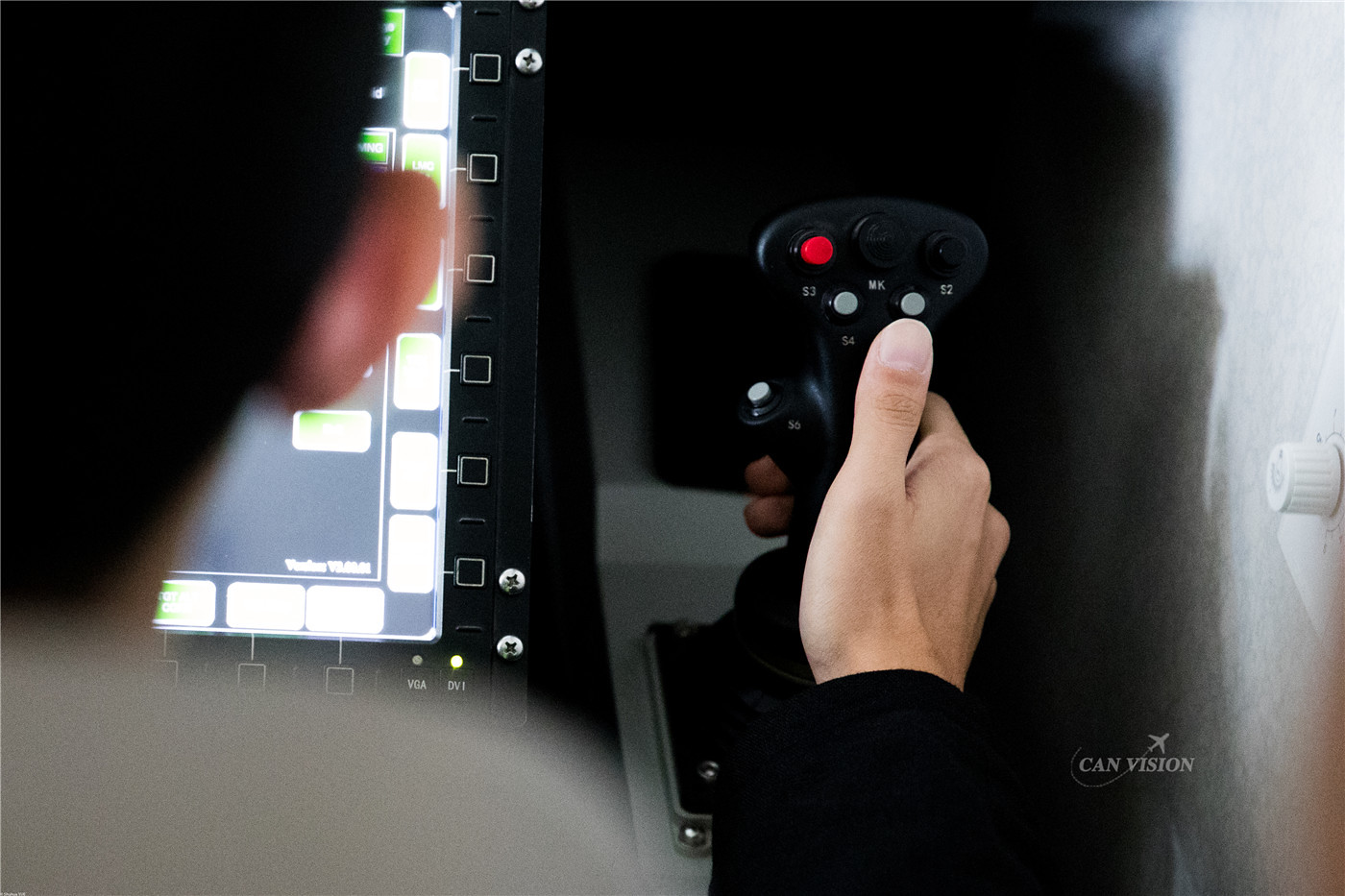The tail where the rockets are would have been the obvious spot, to me, not the wings.
Just to be clear which you may have known. xyqq was proposing that the "heat resistant treating" of the wing flap is indication of rocket booster (exhaust), in that line of thinking the boosters have to be under the fuselage not behind. My reply is aiming to that.
Now, you are suggesting "booster at the tail behind the on-board rocket engines". It is technically possible, but my opinion remains why. It is not the DF-17 war head which need to be boosted to near or in space then powerlessly glide which need a lot of initial speed. It is not to fly as fast as DF-17 either. I would not have objected if there is either application necessity or technical indication.

